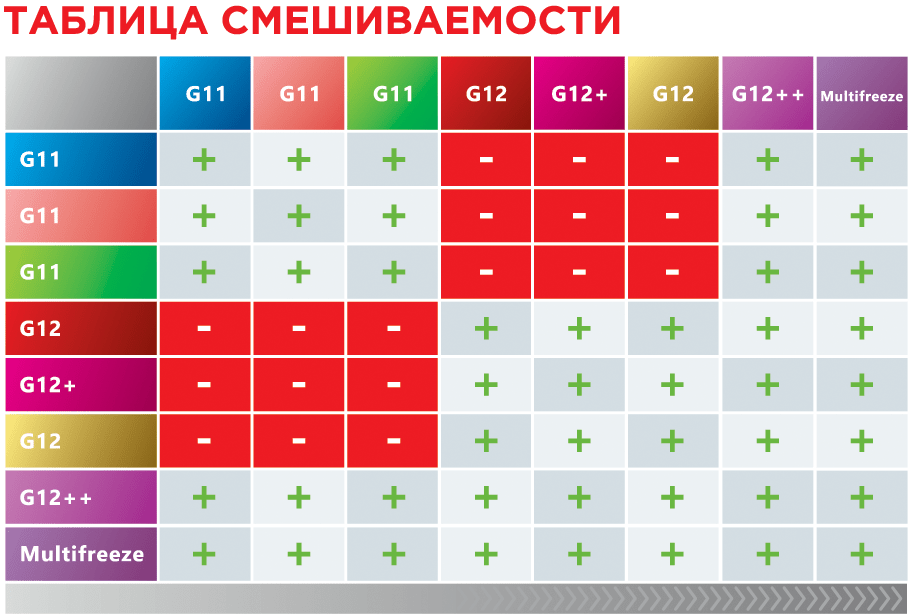
All about the cylinder head gasket and its replacement
The cylinder head gasket (cylinder head) is designed to seal the plane between the block and the head. it also maintains the required pressure inside the oil system, preventing oil and coolant from seeping out. It is necessary to change the gasket with any intervention in this part of the internal combustion engine, that is, its can be considered one-time, because when reinstalling there is a high risk of leakage of the connection.
Replacing the cylinder head gasket performed by specialists of any service station, but this service will cost an average of about 8000 rubles. The part itself will cost you from 100 to 1500 rubles or more, depending on the quality of the product and the car model. That is, it will be much cheaper to replace it on your own, and the process, although laborious, is not critically difficult.
Types of gaskets
Today, three basic types of cylinder head gaskets are widely used:
- asbestos-freewhich, during operation, practically do not change their original shape and quickly restore it after slight deformation;
- asbestosquite resilient, elastic and can withstand the highest temperatures;
- metal, which are considered the most reliable, effective and durable.
Asbestos cylinder head gasket
Asbestos-free cylinder head gasket
Metal cylinder head gasket
When do you need to change the cylinder head gasket?
A specific warranty period, after which it is necessary to replace the head gasket, in principle does not exist. The life of this product may vary depending on the model and general condition of the vehicle's internal combustion engine, driving style and other factors. But there are a number of clear signs indicating that the gasket has ceased to fully fulfill its functions:
- the appearance of engine oil or coolant in the connection area at the junction of the block with the head;
- the appearance of foreign light impurities in the oil, which indicates the penetration of the coolant into the oil system through the gasket;
- a change in the nature of the exhaust when the internal combustion engine warms up, which indicates the penetration of coolant into the cylinders;
- the appearance of oil stains in the coolant reservoir.
These are the most common signs of worn or defective cylinder head gaskets. In addition, its replacement is mandatory for complete or partial dismantling of the cylinder head.
Replacing the gasket
Changing the cylinder head gasket yourself is not too difficult, but since this is an important part, everything here must be done carefully and accurately. All work is carried out in several stages:
1) Disconnecting all attachments, pipelines and other parts that interfere with the removal of the cylinder head.
2) Cleaning the head mounting bolts from oil and dirt in order to ensure the convenience and safety of working with a wrench.
3) Unscrewing the fastening bolts, and you should start from the middle, turning any bolt at a time no more than one full turn, in order to ensure that the tension is relieved.
4) Removing the head of the block and removing the old gasket.
5) Cleaning the seat and installing a new cylinder head gasket, and it must sit on all guide bushings and correspond to the marked centering grooves.
6) Installing the head in place and tightening the bolts, which is performed exclusively with a torque wrench and only according to the scheme given by the manufacturer for your car model, since it is important that the bolts are tightened exactly with the tightening torque parameters that are optimal for your internal combustion engine.
When the internal combustion engine is assembled, you can install and connect back all attachments. AT the first days should be watchedif there are any signs of a defect in the gasket described in the list above.
